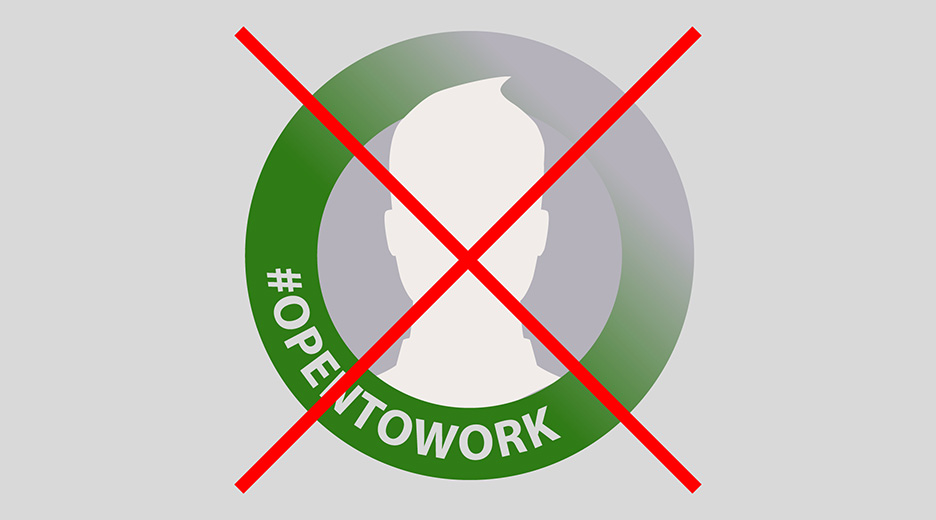Client Journey: Missing Payroll — the Final Breach
Missing payroll is one of the clearest signs that a business is in financial difficulty. Read here all about the connection between payroll and liquidity difficulties.

In article:
Businesses in financial difficulties can put off a lot of expenses (such as overdue taxes), but payroll is something that can’t be put off: Often companies go into voluntary administration or liquidation when they find themselves in a cash flow position where they can’t pay employees.
Here we look at why exactly payroll expense is such a significant financial risk for small businesses in Australia.
What is included in payroll expense in Australia?
What exactly does payroll cover? Most obviously, payroll covers the base pay of employees in hourly wages or salaries. But it also includes:
- Overtime pay (which may be mandated by statute, an Award, or the employee’s contract)
- Bonuses (these may not be optional if guaranteed under certain circumstances in the employee’s contract)
- Leave entitlements, including payments for annual leave, sick leave and long service leave. Employers are required to accrue these leave payments as they are earned by employees. This means even if employees are receiving their wages each month, payroll will still be owing if allowance isn’t made for these entitlements
- Superannuation contributions. This is currently set at 11.5% of an employee’s ordinary earnings
- Employee benefits. This might include additional health insurance or allowances
- Fringe benefits. This covers company cars, low-interest loans, housing, or anything else that is guaranteed to the employee as a form of consideration
- Termination payments including any severance pay and accrued leave pay outs.
There are other costs related to payroll that may not be directly included in the payroll expense, but are nevertheless problematic if unpaid, including payroll tax, workers’ compensation insurance, and the cost of payroll administration.
Why is missing payroll so significant?
Payroll is arguably the most significant cost from the perspective of a small business. The reason it is so important is that:
- It is a large expense for small companies (often the largest expense), and is increasing every year. According to the Australian Bureau of Statistics, it has increased an average of 14.5% between 2023 and 2024. The size of this expense means that it may be impossible to pay if the business experiences liquidity issues
- Failure to pay represents a reputational risk. Not paying staff is a good way to get into the media: This in turn can reduce sales revenue and compound the problems you are having. No one buys coffee from the café that doesn’t pay its staff
- It’s bad for employee morale. Motivation is likely to collapse unless potential payment delays are signalled well in advance. Understandably, for most employees, getting paid on time is their number one priority. If that isn’t happening, employees are likely to leave in droves.
- The Australian Tax Office takes a special interest in missed payroll (due to PAYG and Superannuation Guarantee) and this may trigger action from them to initiate liquidation. It is crucial to make sure Superannuation Guarantee returns are lodged if super payments are missed.
What are the consequences of failing to make payroll?
So if payroll is not paid, what happens? The following are consequences of failing to meet payroll.
- Failure to pay wages is a breach of the Fair Work Act. As well as actions from employees, the Fair Work Ombudsman may itself take action. Where the employee is covered by an Enterprise Agreement or Award they could initiate action with the Fair Work Commission.
- Employees or other creditors may initiate liquidation proceedings as a result of the unpaid wages. This could be achieved by issuing a statutory demand for payment of debt, and then when unpaid, applying for a court liquidation.
- The company might seek to turn around the situation. Note, a small business struggling to pay payroll will not be able to use the formal restructuring procedure under the Corporations Act 2001 (Cth). In order to be eligible for that all wages and entitlements need to be up-to-date. A business might seek to turn the situation around via temporary debtor financing to cover the gap, or even laying off staff in order to bring expenses under control.
- The company may appointed voluntary administrators. The company directors themselves could resolve that the company is insolvent, or likely to become so, and appoint a voluntary administrator. It is worth nothing that the returns on voluntary administration are usually very low, so it is unlikely employees will receive a significant amount through this procedure. Note, however, that employees may be entitled to have their unpaid wages or salaries paid through the Fair Entitlements Guarantee (FEG) Scheme.
- The company could initiate liquidation. As with the above option, but the company is directly wound up. Again, employees are unlikely to get a significant return this way.
What to do if you miss payroll
Failing to meet payroll is serious. It is often an indicator that a business is having serious cash/financial issues. When you think your business is about to miss payroll it is important to seek out professional advice to work out the optimal next steps.